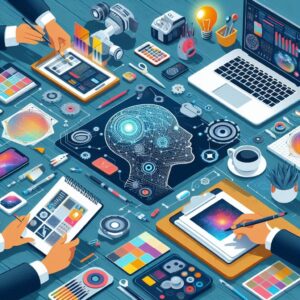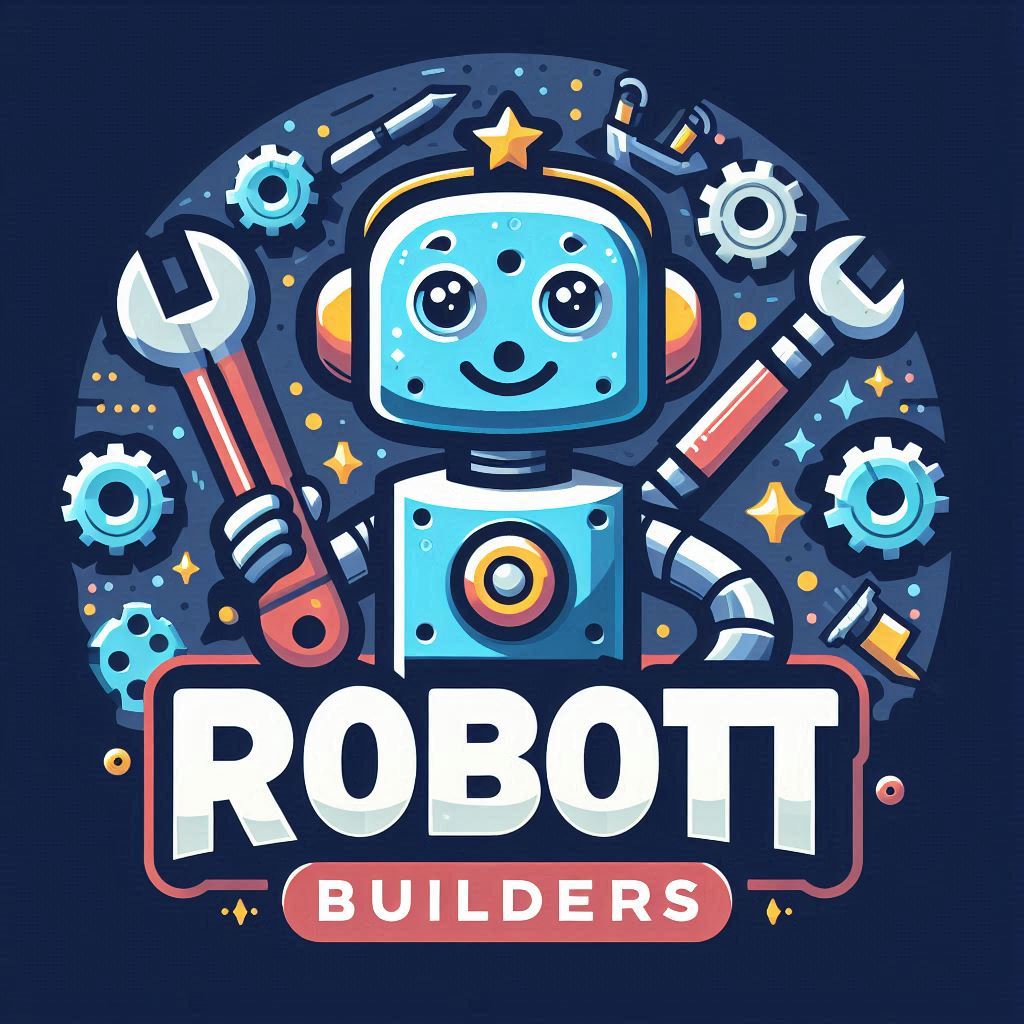Introduction
The field of design is evolving rapidly, with AI-powered tools transforming workflows and creativity. These intelligent solutions enhance productivity, automate repetitive tasks, and unleash innovative possibilities for professionals in graphic design, UX/UI, 3D modeling, and beyond.
In this article, we will explore the step-by-step process of developing AI-powered design tools, following SEO best practices to ensure better visibility, engagement, and search engine rankings.

1. How AI is Revolutionizing the Design Industry
AI tools in design go beyond simple automation—they empower designers by enhancing creativity, accelerating workflows, and refining output quality. Key benefits include:
- Automated Repetitive Tasks – AI eliminates manual efforts for resizing, formatting, and editing.
- Enhanced Creativity – AI suggests color palettes, layouts, and design elements based on trends.
- Customizable Outputs – AI adjusts designs according to user preferences and requirements.
- Speed Optimization – AI-powered tools process complex designs quickly and efficiently.
- Data-Driven Design Insights – AI analyzes user behavior for smarter design recommendations.
By leveraging AI, designers can focus more on creativity while reducing technical overhead.
2. Choosing AI Technologies for Design Tool Development
To build AI-driven design tools, selecting the right technologies is essential for scalability and performance.
Recommended AI Frameworks
- Generative Adversarial Networks (GANs) – AI creates original images, textures, and designs.
- Computer Vision Algorithms – AI detects and edits visual elements intelligently.
- Natural Language Processing (NLP) – AI interprets text input for design elements like captions or fonts.
- TensorFlow & PyTorch – Deep learning frameworks for building AI-driven design features.
- AutoML Platforms (Google AI, Microsoft Azure) – Automate model training and deployment for design insights.
By leveraging these frameworks, developers can create tools that merge creativity with functionality.
3. Preparing Data for AI-Powered Design Models
AI models rely on high-quality datasets to deliver effective results, especially in visual design.
Key Data Sources for Training
- Design Libraries – Existing artworks, templates, and creative assets.
- User Interaction Logs – AI learns from user behavior and preferences.
- Trending Design Styles – Incorporate styles from websites like Dribbble or Behance.
- Brand Guidelines & Industry Standards – AI ensures designs align with branding requirements.
Steps in Data Preparation
- Data Collection – Aggregate design samples from open-source platforms and proprietary datasets.
- Data Cleaning – Remove duplicates, inconsistencies, and irrelevant entries.
- Feature Selection – Extract attributes like color schemes, shapes, and typography styles.
- Labeling & Annotation – Tag data to train AI for specific tasks like background removal or asset generation.
Properly prepared data ensures that AI tools deliver precise, relevant, and creative outputs.
4. Training AI Models for Design Applications
AI models need to be trained using advanced techniques to understand design nuances and user expectations.
Training Strategies
- Supervised Learning – AI learns from labeled datasets for tasks like image generation and typography adjustments.
- Unsupervised Learning – AI discovers new design patterns by analyzing untagged data.
- Generative Models (GANs) – AI creates realistic visuals and artistic assets from scratch.
- Transfer Learning – Pre-trained models are fine-tuned for specific design tasks like UI customization.
Effective training helps AI understand complex design principles and enhance output creativity.
5. Integrating AI into Design Platforms
Once the AI model is trained, it needs to be integrated into design platforms for seamless usability.
Deployment Strategies
- Cloud-Based Design Tools – AI-powered tools accessible from anywhere, enhancing collaboration.
- Desktop Integration – Include AI features in software like Adobe Photoshop or Sketch.
- API Connectivity – Offer modular AI capabilities for developers to embed into custom design workflows.
- Mobile Design Applications – Enable real-time AI-powered editing and asset creation on smartphones.
Deploying AI tools effectively streamlines design workflows and increases user accessibility.
6. SEO Optimization for AI-Powered Design Tools
To improve adoption, AI-driven design solutions require SEO strategies for maximum visibility and reach.
SEO Techniques for AI Design Platforms
- Keyword Research – Target phrases like “AI design tools,” “smart creative automation,” and “AI-powered graphic design.”
- Mobile Optimization – Ensure AI tools are responsive and functional on all devices.
- Educational Content – Publish guides, tutorials, and blogs showcasing AI’s role in modern design.
- Collaborations with Creative Agencies – Build credibility through partnerships.
- Metadata Optimization – Structure search-friendly metadata for better indexing.
SEO-focused strategies boost organic traffic and increase platform engagement.
7. Monitoring AI Performance & Enhancing Design Features
AI tools require continuous refinement to stay effective in a rapidly evolving design industry.
Performance Metrics to Track
- Design Output Quality – Measure satisfaction levels based on user feedback.
- Processing Speed – Monitor efficiency in tasks like image generation and editing.
- Feature Usability – Evaluate how intuitive AI-powered features are for end users.
- Adaptability – Ensure the tool evolves alongside design trends and user needs.
Ongoing updates and monitoring ensure long-term success for AI-powered design platforms.
Final Thoughts
AI-powered design tools are transforming creativity by automating technical processes and providing valuable insights. From generating realistic visuals to streamlining workflows, these tools empower designers and businesses to create high-quality designs faster and smarter.
